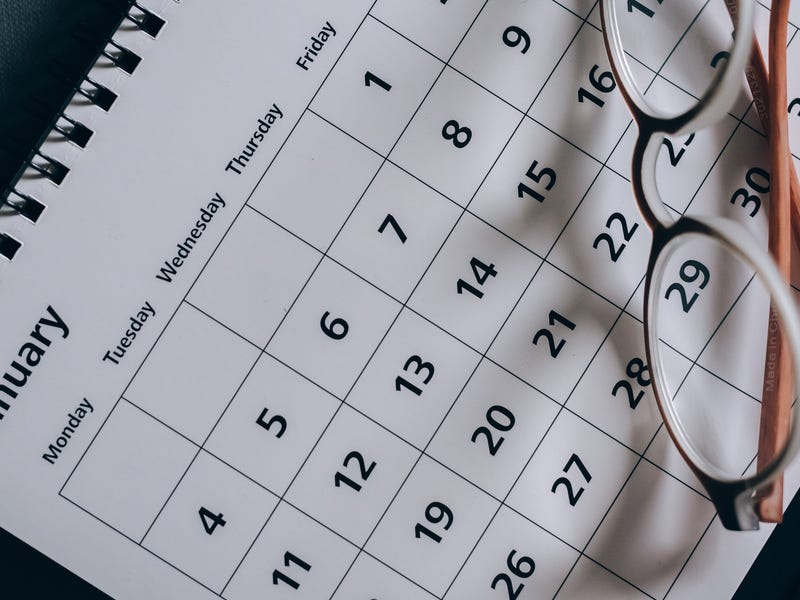
The big guide to English numbers: Writing, spelling, ordinal and more
Author:
Berlitz
When we start learning a language, we’re first introduced to its fundamentals: the alphabet, some basic vocabulary, and numbers.
And while our primary goal is to communicate in the language we’re learning, we tend to focus on learning tons of new words and mastering the grammar. Yet, we often leave the numbers forgotten somewhere in the depths of our memory.
However, numbers are an essential part of our everyday life. Knowing them enables you to tell the time, buy groceries, and talk about historical events.
So, in this article, we’ll stop delaying the inevitable and learn how to count to 1000 in the English language. Plus, we’ll cover the English numbers spelling, the pronunciation, and the different ways to use those numbers, from fractions to percentages and decimals.
Ready? Steady? Go!






